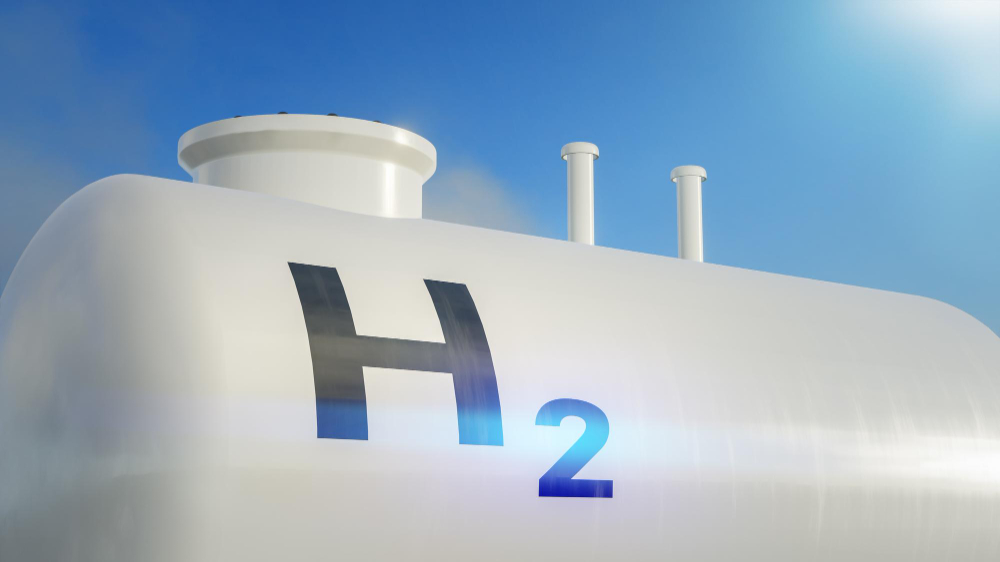In a significant Indo–German scientific milestone, researchers from Amrita Vishwa Vidyapeetham University (India) and Forschungszentrum Jülich (Germany), in collaboration with the Eindhoven University of Technology (Netherlands), in July, developed advanced titanium–vanadium–chromium (TiVCr)–based alloys capable of efficiently storing and releasing hydrogen at room temperature. The breakthrough brings hydrogen-powered transport and renewable energy storage systems a step closer to practical, cost-effective deployment.
Tackling a Long-Standing Hydrogen Challenge
Hydrogen storage has been one of the major technological barriers to wider adoption of clean energy. Most metal hydride materials either store very little hydrogen or require high temperatures to release it, limiting their usability. The TiVCr alloy — already considered promising for its ability to store up to 4% hydrogen by weight — has until now needed heating above 300°C to release stored hydrogen, making it impractical for everyday use.
Nickel and Niobium Additions Change the Game
The research team addressed this by introducing small amounts of nickel (Ni) and niobium (Nb) into the TiVCr alloy. Using arc-melting synthesis, they created three new compositions:
5% nickel
10% nickel
5% nickel + 5% niobium
Tests revealed that nickel acts as a surface catalyst, speeding up hydrogen absorption. Remarkably, the alloy with 10% nickel reached a maximum hydrogen storage capacity of 3% by weight at room temperature. Niobium, on the other hand, improved the internal movement of hydrogen within the alloy, significantly lowering the temperature required for its release and reducing activation energy.
Durability for Real-World Applications
All three new alloys demonstrated structural stability after repeated hydrogen charging and discharging cycles, indicating potential for long-term operational use in transport, stationary storage systems, and off-grid renewable energy setups.
Indo–German Collaboration Driving Energy Transition
The scientists say the findings prove that targeted selection of elements in high-entropy alloys can lead to significant performance gains. The India–Germany partnership is particularly relevant as both nations are investing heavily in green hydrogen as part of their clean energy transition and climate action goals. Compact, stable, and efficient hydrogen storage solutions operating at normal conditions could accelerate the rollout of eco-friendly mobility, decentralized energy systems, and large-scale renewable energy storage.
This research adds to a growing portfolio of Indo–German scientific cooperation, reinforcing both countries’ commitment to advancing sustainable technology and global clean energy leadership.



